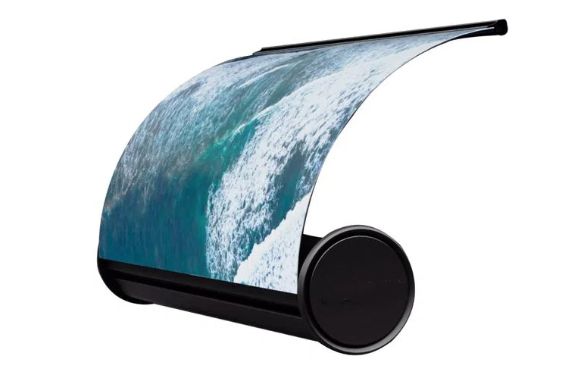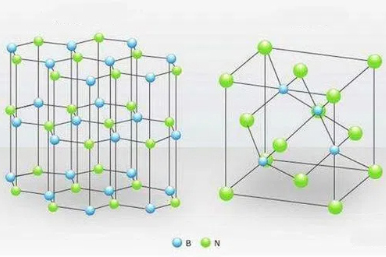How To Clean Deposition Materials Shipped In Oil?
To protect certain deposited materials from reacting with air or water vapour, they are normally immersed in a low‐viscosity (hydrocarbon) mineral oil during storage and shipping. Prior to integrating these oil‐transported composition materials into the vacuum system, we must remove the oils using solvents. The choice of solvents is governed by the requirement that they do not present additional contamination sources for either the vacuum system or subsequent thin-film processes.
Choice of Solvent
Certain highly reactive deposition materials may react with specific solvents. Consequently, always choose a solvent that is composed exclusively of hydrocarbons.
The following solvents are not recommended. You should refrain from using them to remove the oil:
- * Do not use pyridine-based solvents that contain nitrogen.
- * Do not use sulphur-containing solvents, for example, Schwefelkohlenstoff.
- * Do not use any of the numerous chlorinated solvents, such as trichloroethylene.
- * Do not use solvents such as alcohols, ketones, esters, ethers, furans or other oxygenated compounds.
And here are some solvents to recommend. In order to minimise the cost associated with high-purity, clean (solvent-free) hydrocarbon solvents, you may utilise technical-grade solvents such as hexane, heptane or iso-octane for the initial cleaning stages.
NOTE: High-purity grades of hexane, heptane or iso-octane must be transported, stored and used in glass containers. It is important to note that plastic bottles are not suitable as containers for solvents. Although they are convenient for storage and handling, the low-molecular-weight polymers in plastics are leached by the solvent and remain as a residue once the solvent evaporates. Again, never use solvents that have been stored in plastic containers.
Precautions for Handling Organic Solvents
Almost all organic solvents pose health hazards; therefore, you should ensure the following:
1) Do not inhale solvent fumes and do not ingest solvent liquids.
2) Prevent the solvent from coming into contact with your skin or eyes, including any splashes.
3) Keep open flames or heating devices away from the solvent vapours.
Also note that the handling of solvents:
1) should be carried out in a fume cupboard or a glove box.
2) should utilise appropriate protective goggles, lab coats and filtered respirators.
3) should employ gloves that have been tested to verify that the solvents in use neither dissolve nor permeate through them.
Required Environment
To delay the interaction between air and the material, it is preferable to clean the material in a sealed glove box under a slight overpressure of Argon. Should this not be possible, ensure that all cleaning steps are conducted as swiftly as possible in a fume cupboard or a well-ventilated area. This approach minimises the duration for which the material is exposed to air and reduces the operator's exposure to solvent vapours.
Required Equipment and Materials
The following cleaning materials are required:
- * Large, chemically and physically clean glass vessels (such as beakers or Petri dishes)
- * Technical-grade solvent (for the initial cleaning stages)
- * High-purity hydrocarbon solvents (for the subsequent cleaning stages)
- * Lint-free cloths
- * Chemically and physically clean tweezers or forceps for handling the materials
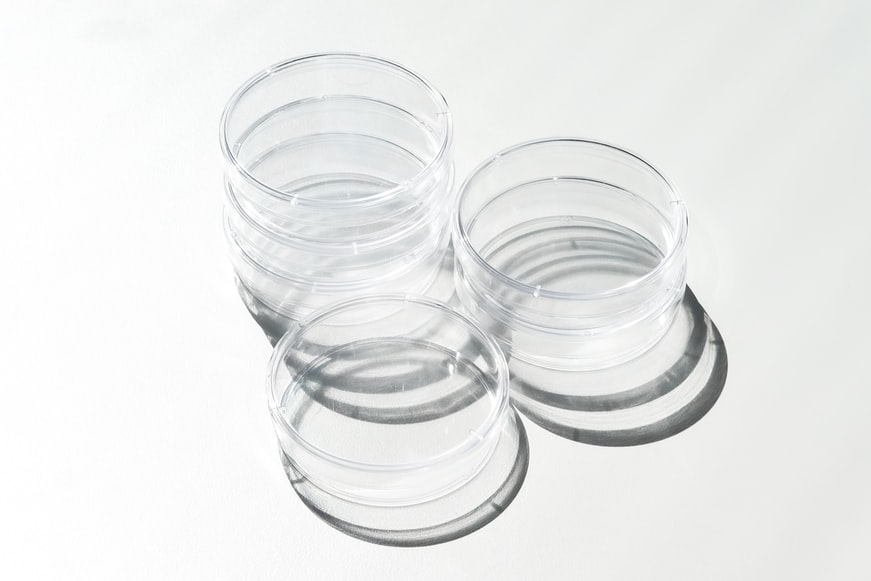
Detailed Cleaning Procedure
Firstly, prepare at least three beakers or Petri dishes and ensure that you can fill them with sufficient technical solvent to fully immerse the deposited material. Also, prepare at least three additional beakers or Petri dishes for filling with enough high-purity solvent to ensure complete permeation of the material.
Then, remove the material from its packaging and wipe off any excess oil with a lint-free cloth. Immediately after, immerse the material in a beaker or Petri dish containing the technical solvent (DTS01) and agitate either the material or the solvent to promote dissolution. (Note: The time between removing the material and immersing it in the solvent must be as short as possible in order to reduce air exposure. Avoid completely drying the material, as this increases air exposure and does little to lower contamination.)
Thirdly, remove the material from the DTS01 and swiftly wipe off any remaining solvent with a fresh cloth. Then, repeat the previous step by immediately immersing the material in DTS02 and agitating the solvent.
Repeat the process until the material has passed through all six beakers or Petri dishes (three with technical solvent and three with high-purity solvent).
Once the material is removed from the final beaker or Petri dish containing high-purity solvent (DHS03), it is immediately transferred to the vacuum chamber, which has been pre-flushed with Argon (and continues to be flushed). The chamber should always be purged with Argon.
After the material has been mounted in its source, cease the Argon flow, close the chamber flanges and begin evacuation. If the deposition material is a reactive sputter target such as Ca, Ba or Sr, which oxidises rapidly, it should be pre-sputtered for a short duration.
While the material remains in the chamber, ensure that Argon continues to flow at a high rate while the chamber is open and that a high vacuum is maintained once the chamber is closed.

 Bars
Bars
 Beads & Spheres
Beads & Spheres
 Bolts & Nuts
Bolts & Nuts
 Crucibles
Crucibles
 Discs
Discs
 Fibers & Fabrics
Fibers & Fabrics
 Films
Films
 Flake
Flake
 Foams
Foams
 Foil
Foil
 Granules
Granules
 Honeycombs
Honeycombs
 Ink
Ink
 Laminate
Laminate
 Lumps
Lumps
 Meshes
Meshes
 Metallised Film
Metallised Film
 Plate
Plate
 Powders
Powders
 Rod
Rod
 Sheets
Sheets
 Single Crystals
Single Crystals
 Sputtering Target
Sputtering Target
 Tubes
Tubes
 Washer
Washer
 Wires
Wires
 Converters & Calculators
Converters & Calculators
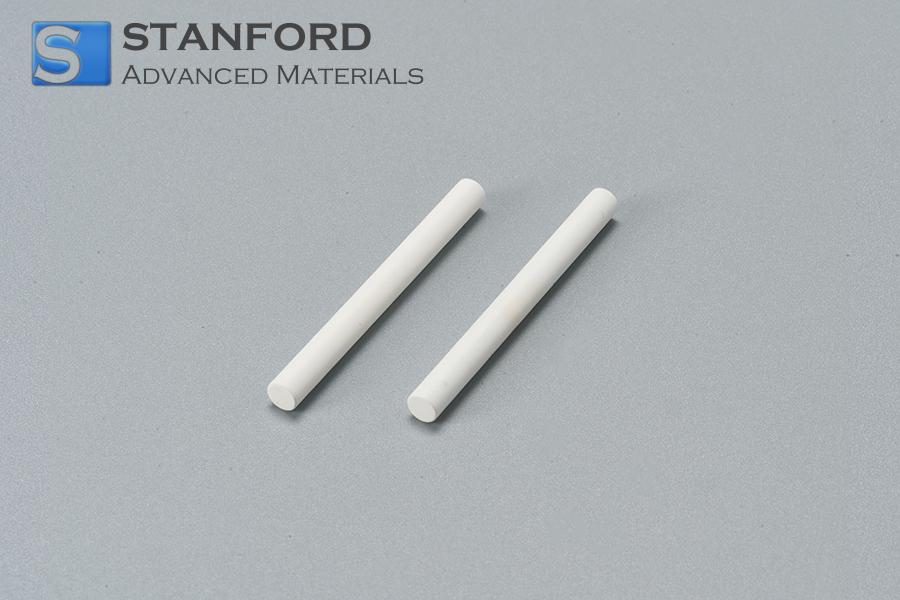
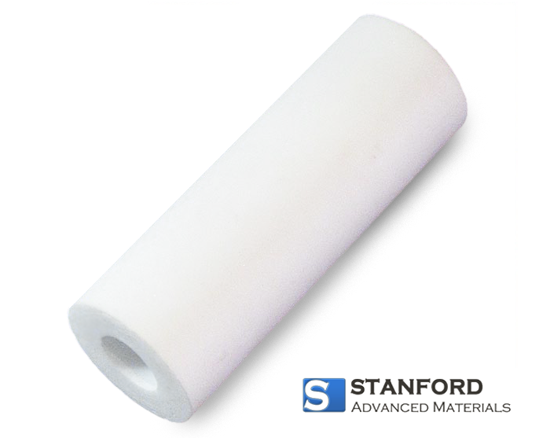
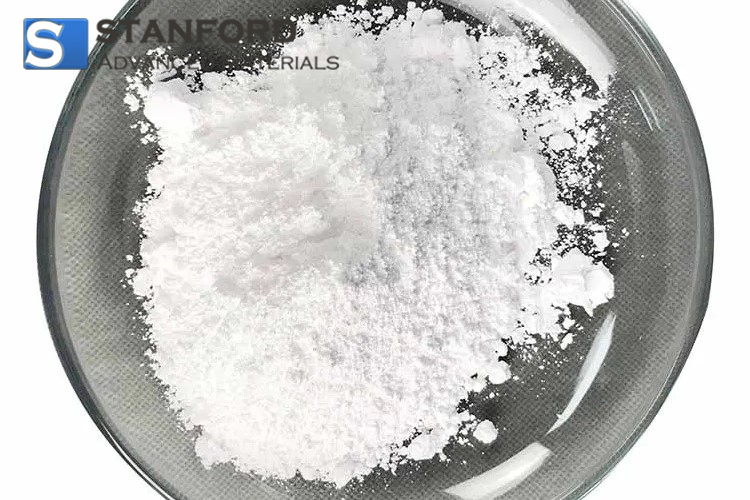
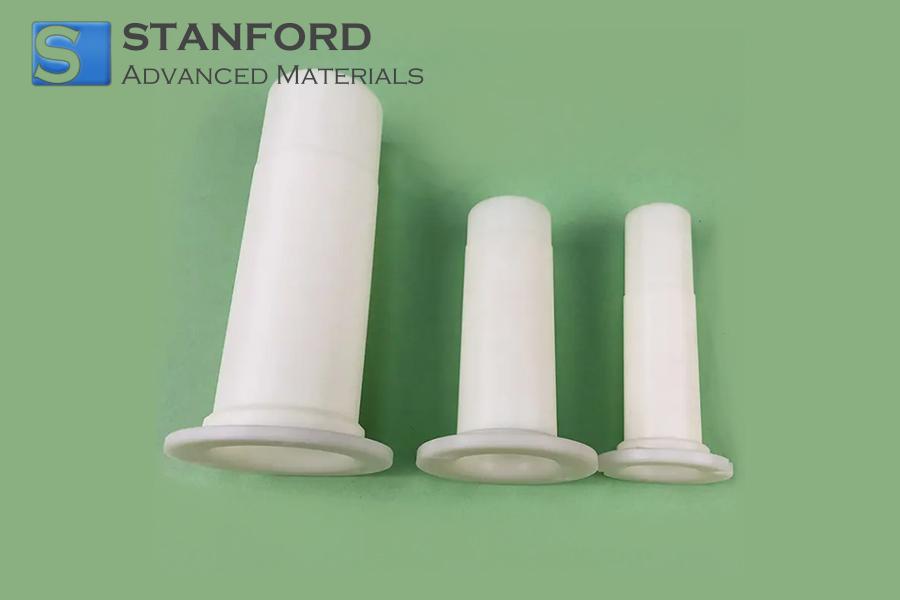
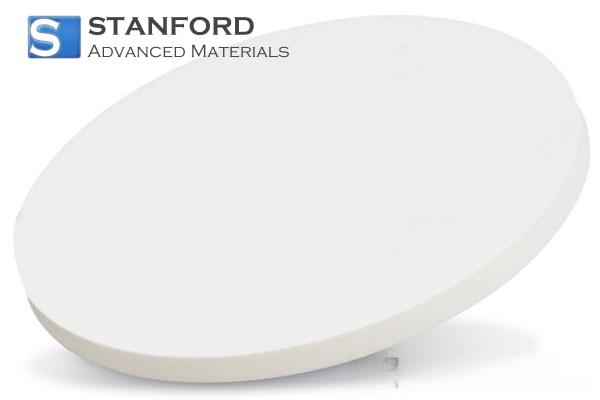
 Chin Trento
Chin Trento

